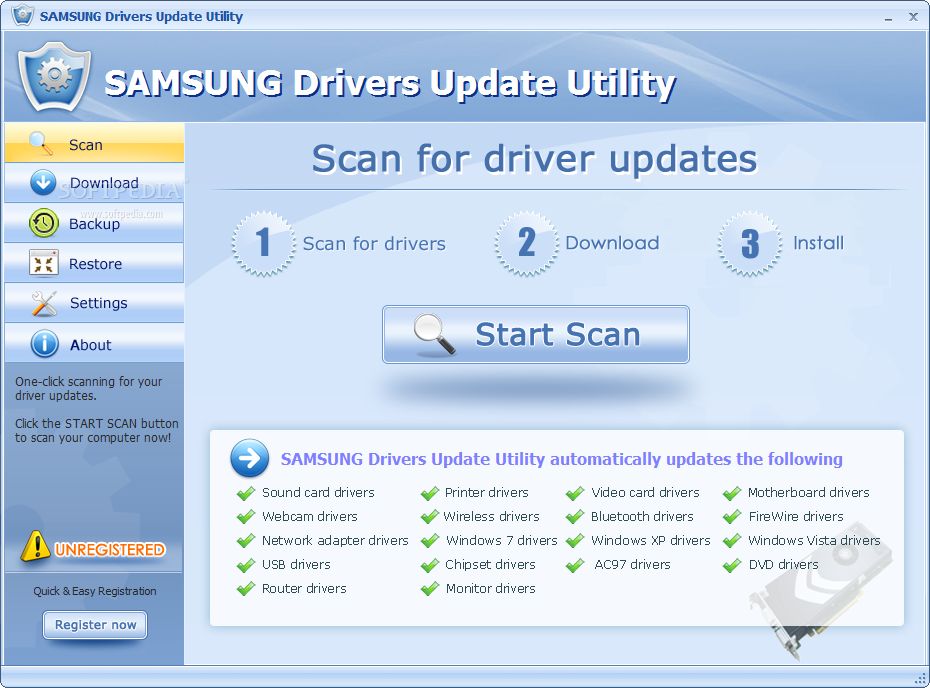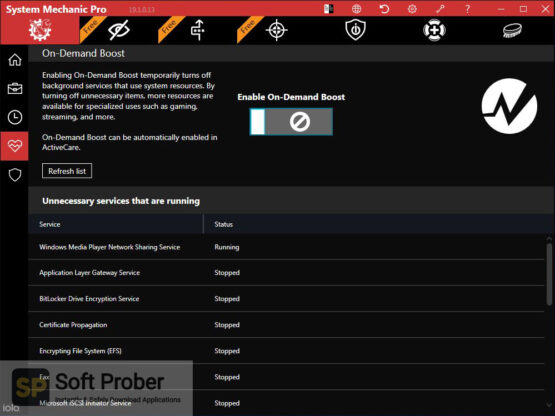

Recently, several diagnostic methods for measurement of The paper also expounds a novel complex technique adopted for precise PD classification. The classification of single -type insula- tion defects has been envisaged. The abi lity of PNN to classify these descriptors in addition to classifying the inputs derived from the measures based on central te n- dency, dispersion, and maximum and minimum values are investigated. Satisfactory r esults in the past have revealed that the analysis of the properties of the phase position distrib utions can be made using mathematical descriptors. PD is measured using the conventional discharge detector and previously developed stati s- tical tools that processed the PD patterns. The paper eluc i- dates the structure of PNN, which has been appropriately cu stomized for determining the optimum value of smoothing parameter. The innovative trend of using pro b- abilistic neural network (PNN) towards classification of PD patterns is coherent and perceptible. Starting from different PD families of specimen, several sets of characteristi c vectors are determined and then used as input variables to the proposed neural network.

A novel method for identification of defects due to partial discharge is de- scribed in this paper. Partial discharge (PD) pattern classification has recently become popular since the automated acquisition of PD signals has become vital and cogent. The proposed method provides a new idea to assess the ageing conditions of the cross-bonded cables, and has the potential to be applied in industry. Moreover, only the magnitudes rather than the phase angles of the cable currents/voltages are required in this method, which effectively simplifies the functions of the signal acquisition devices. Since the transient disturbances appear naturally and frequently, a continuous tracking of the cable ageing conditions can be established without interferences to the power system. The decoupling analysis of the cross-bonded cable and the corresponding relative permittivity identification model were investigated.

The cable relative permittivities, instead of the traditional dielectric loss angle, were extracted from the responses of the transient disturbances to character the ageing state more sensitively. This paper proposes a non-intrusive ageing assessment method using the transient disturbances originating from the system. But the complex bonding brings great challenges to the assessment of cable ageing conditions.

The cross-bonding is the most common shield/sheath-bonding system now in use on single-conductor shielded power cables for long distance power transmission.


 0 kommentar(er)
0 kommentar(er)
